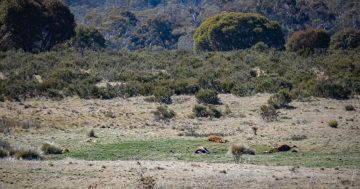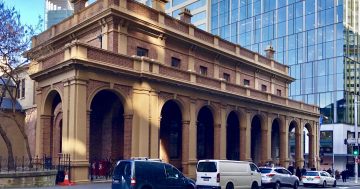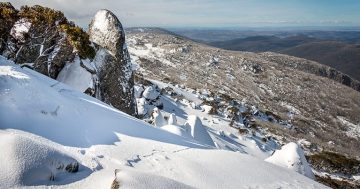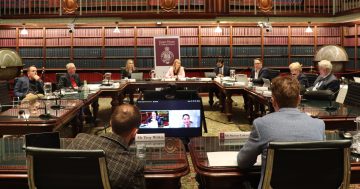
With brumby numbers booming, the NSW Government wants to reintroduce aerial shooting in Kosciuszko National Park. Photo: Supplied.
The NSW Government has called for feedback on a proposed amendment to the Kosciuszko National Park Wild Horse Heritage Management Plan to allow aerial shooting.
Culling is an emotive issue, however brumby numbers have escalated at an alarming rate and scientists warn that delicate ecosystems are under threat.
Environment and Heritage Minister Penny Sharpe said the national park was in grave danger.
“Recent reports show that without action, wild horses could tip threatened species to extinction. There are simply too many wild horses for the park to cope,” she said.
There is widespread recognition of the urgent need to reduce the number of wild horses to protect more than 30 native threatened species including the corroboree frog, mountain pygmy possum and the delicate alpine ecosystems.
The use of helicopters is being proposed as an additional control option alongside existing methods like trapping and rehoming and ground shooting.
The most recent count of wild horses in the park estimated there were between 14,501 and 23,535 horses across the region.
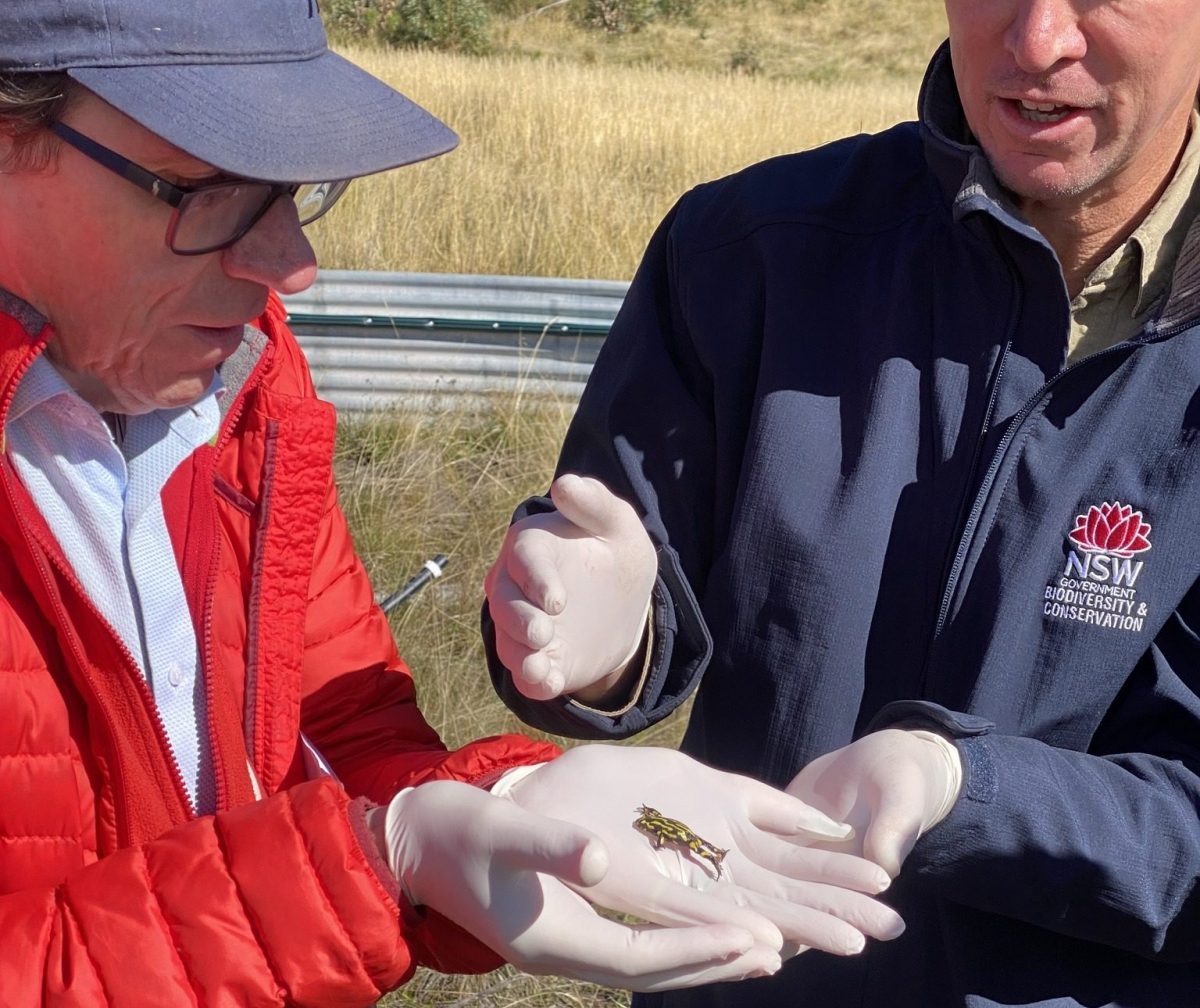
Member for Wagga Dr Joe McGirr meets a corroboree frog on a tour of the Alpine National Park. Photo: Supplied.
Under a management plan agreed to in 2021, the number of horses in the park will be reduced to 3000 in 32 per cent of the park by 2027.
“NSW is not on track to meet the wild horse population target under the legislated Kosciuszko National Park Wild Horse Heritage Management Plan, which is why we must consider the introduction of aerial shooting, carried out by skilled, highly trained shooters to the highest animal welfare standards,” Ms Sharpe said.
“We have an obligation to save these native animals, but we only have a limited window of opportunity to do so. If they become extinct, they are lost forever.”
Invasive Species Council advocacy manager Jack Gough said it was a tough but necessary step.
“No one likes to see animals killed, but the sad reality is that we have a choice to make between urgently reducing the numbers of feral horses or accepting the destruction of sensitive alpine ecosystems and habitats, and the decline and extinction of native animals,” he said.
“We may not like it, but culling by highly trained professionals is the only viable way of reducing numbers and saving the national park and our native animals that live there.”

The number of feral horses is booming. Photo: Supplied.
Member for Wagga Wagga, Dr Joe McGirr agreed that, if the population estimates were correct, aerial culling needed to be considered.
“The Minister is committed to the number of 3000 horses, that’s in the plan already, but there’s a concern that with the current methods, we won’t reach that number, so I think a public discussion about this needs to be had,” he said.
“A lot of the debate here is about what the numbers are and it’s important that we get that right. I understand that there will be another count later this year before anything is implemented.”
Snowy River tour guide and Invasive Species Council Indigenous ambassador Richard Swain also welcomed the move.
“For far too long the most humane and effective control method for the removal of feral herbivores has not been available for feral horses in Kosciuszko National Park,” he said.
“The senseless ecological desecration caused to Country over the last 20 years has been a travesty.
“I commend NSW Environment Minister Penny Sharpe for taking this step and encourage her to make a positive decision on behalf of soil, water and native species.”
The community is encouraged to provide input on the proposed amendment until 11 September with a final decision to be made only after all feedback has been considered.
“From members of the public to commercial park users, scientists to community leaders and business owners, the Government wants to hear your feedback on this proposed change,” said Ms Sharpe.
Further information is available here.
Original Article published by Chris Roe on Region Riverina.







